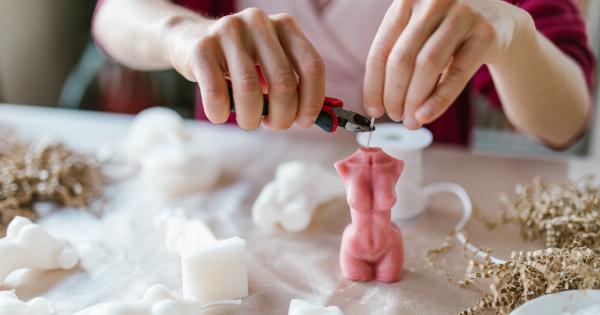Teeth cracking is a common dental problem that affects many people worldwide. It is characterized by the breaking or fracturing of a tooth, often causing pain and discomfort.
Understanding the science behind teeth cracking can help shed light on its causes, prevention, and treatment options.
The Anatomy of a Tooth
To fully comprehend teeth cracking, it is essential to grasp the technical structure of a tooth. A tooth primarily consists of three layers: enamel, dentin, and pulp.
The outermost layer, enamel, is the hardest substance in the human body and serves as a protective shield for the underlying layers.
The Role of Enamel
Enamel’s robust composition allows it to withstand the daily pressures of chewing and biting. However, it is not invincible and can in certain circumstances crack or fracture.
Enamel cracks often occur due to excessive force exerted on the teeth, such as biting into hard foods, grinding teeth, or trauma to the mouth.
Types of Teeth Cracks
Teeth cracks can manifest in various forms, and each type requires specific treatment. Some common types of tooth cracks include vertical cracks, split-root cracks, and craze lines.
Vertical cracks extend vertically from the chewing surface towards the root, while split-root cracks are characterized by a crack that begins in the root and extends towards the crown. Craze lines, on the other hand, are tiny cracks that only affect the enamel and usually do not cause major complications.
Causes of Teeth Cracking
Several factors contribute to teeth cracking, including:.
1. Trauma
Accidents or injuries to the mouth area can result in teeth cracking. For example, a sudden blow to the face during sports activities may cause a tooth to fracture.
2. Biting into Hard Substances
Using your teeth as tools to open bottle caps, crack nuts, or bite into hard candies can exert excessive force on the teeth, leading to cracks.
3. Bruxism
Bruxism, or teeth grinding, is a habit where a person involuntarily clenches or grinds their teeth. This constant grinding can weaken the teeth and make them more susceptible to cracking.
4. Teeth Decay
Decayed teeth often lack the necessary structural integrity to withstand normal biting forces, making them more prone to cracking.
5. Temperature Changes
Rapid temperature changes, such as biting into an extremely cold or hot substance, can cause the teeth to expand or contract suddenly, resulting in cracks.
Prevention Strategies
While some causes of teeth cracking are unavoidable, there are several preventative strategies that can minimize the risk:.
1. Avoid Using Teeth as Tools
Avoid using your teeth to crack nuts, open bottles, or perform any other non-eating activities. Using the appropriate tools will help protect your teeth from unnecessary stress.
2. Wear a Mouthguard
If you participate in sports activities, wear a properly fitting mouthguard to protect your teeth from potential impact and trauma.
3. Treat Bruxism
If you suffer from bruxism, consult with a dentist to determine the best course of action. This may involve wearing a night guard while sleeping or implementing stress-reducing techniques.
4. Practice Good Oral hygiene
Regularly brushing and flossing your teeth can help prevent decay and maintain strong teeth, reducing the risk of cracking.
Treatment Options
The treatment for teeth cracking depends on the severity and location of the crack. Some common treatment options include:.
1. Dental Bonding
For minor cracks that only affect the enamel, dental bonding can be a suitable solution. The dentist applies a tooth-colored resin to the cracked area, bonding it into place and restoring the tooth’s appearance.
2. Dental Crowns
If a tooth has a severe crack that compromises its structural integrity, a dental crown may be necessary. A crown is a custom-made cap that covers the entire tooth, providing strength and protection.
3. Root Canal Therapy
When a crack extends into the pulp of the tooth, it may require root canal therapy. This involves removing the infected or damaged pulp, cleaning the area, and sealing it to prevent further infection.
4. Tooth Extraction
In cases where the crack extends below the gum line and cannot be restored, the tooth may need to be extracted. Tooth extraction is typically followed by a dental implant or bridge to fill the gap.
Conclusion
Teeth cracking can cause significant discomfort and affect dental health.
Understanding the science behind teeth cracking, its causes, and treatment options can help individuals take necessary preventive measures and seek appropriate dental care when needed. By adopting preventative strategies and maintaining good oral hygiene, the risk of teeth cracking can be significantly reduced, allowing for a healthier and stronger smile.




























